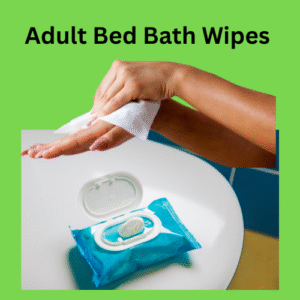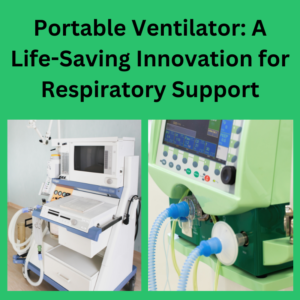Dressing Trolley in Nursing: Essential Guide to Proper Setup and Usage
Introduction
A dressing trolley is a crucial piece of equipment in healthcare settings, particularly in hospitals, clinics, and nursing homes. It is used to store and transport sterile and non-sterile items required for wound dressing and minor medical procedures. A well-organized dressing trolley ensures efficiency, hygiene, and patient safety.
Components of a Dressing Trolley
A dressing trolley typically consists of the following:
- Two or More Shelves—Provides space for organizing medical supplies.
- Sterile Dressing Materials—Gauze, bandages, adhesive tapes, and sterile pads.
- Antiseptic Solutions—Alcohol swabs, iodine, and hydrogen peroxide.
- Sterile Gloves—To prevent infection during wound care.
- Forceps and Scissors—For handling dressings and cutting bandages.
- Waste Disposal Bag—For discarding used dressings and gloves.
- Hand Sanitizer or Antiseptic Gel—To maintain hand hygiene.
- Medications and Ointments—such as antibiotic creams and pain relief sprays.
Setting Up a Dressing Trolley
To ensure sterility and efficiency, the dressing trolley should be set up systematically:
- Clean and Disinfect—Wipe the trolley with a disinfectant before and after use.
- Arrange Items Logically—Keep sterile items on the top shelf and non-sterile items on the lower shelf.
- Ensure Accessibility—Place frequently used items within easy reach.
- Check Expiry Dates—Discard expired materials to avoid complications.
- Maintain Sterility—Avoid touching sterile materials with unclean hands.
Steps to Use a Dressing Trolley in Patient Care
- Wash Hands and Wear Gloves—To prevent contamination.
- Position the Trolley—Place it near the patient’s bed or procedure area.
- Open Sterile Packs—Use forceps to handle sterile materials.
- Clean the Wound—Apply antiseptic and remove debris.
- Apply the Dressing—Cover the wound with an appropriate dressing.
- Secure the Dressing—Use tape or bandages to keep it in place.
- Dispose of Waste Properly—Discard used materials in a biohazard bin.
- Document the Procedure—Record details in the patient’s medical file.
Best Practices for Maintaining a Dressing Trolley
- Regularly restock supplies to ensure availability.
- Clean and disinfect after each use.
- Follow hospital infection control policies.
- Ensure proper storage of sterile materials.
- Train staff on correct usage and maintenance.
Conclusion
A dressing trolley is an indispensable tool in nursing practice, ensuring smooth and hygienic wound care procedures. Proper setup, organization, and maintenance of the trolley contribute to better patient outcomes and infection control. By following the guidelines outlined above, nurses can maximize efficiency and provide high-quality patient care.






Reviews
There are no reviews yet.